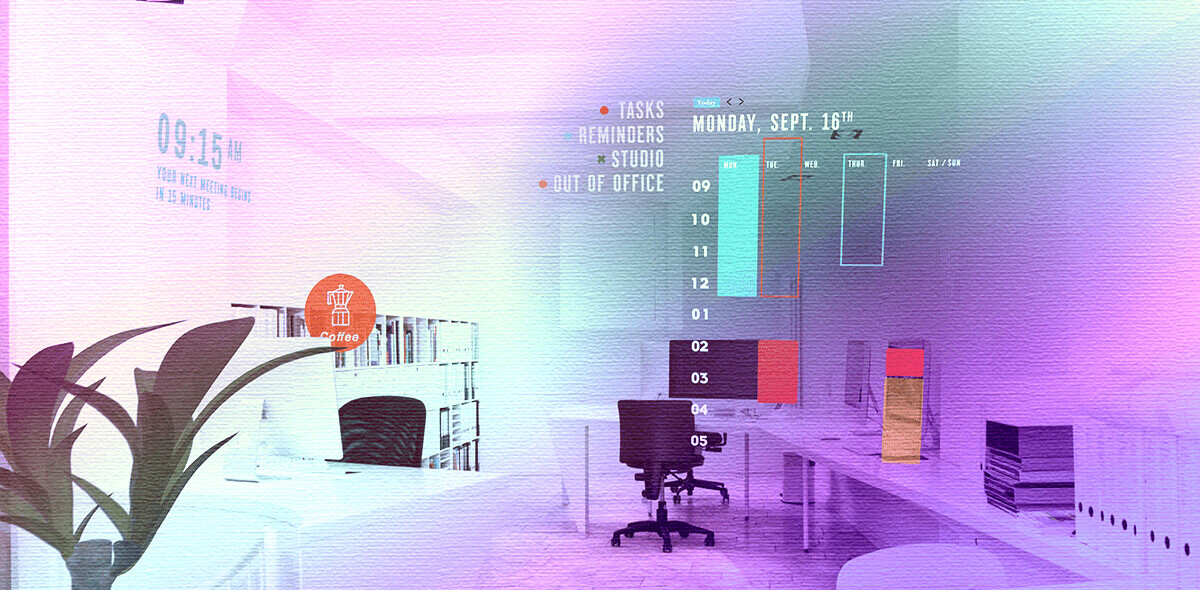
Rolling out new hardware and software can be a stressful time for any business. You are excited about the new experience for your customers but nervous about any issues that could arise.
In order to prepare, you need to test, test and test again to ensure there won’t be any problems with the product launch, or later down the road, that will force you to issue a recall or endanger your customers’ trust in you.
To find out the most important things to remember during the testing process, I asked a panel of entrepreneurs from YEC the following question:
What is the best way to test hardware or software before a product is released to the public in order to avoid facing a backlash for unforeseen issues or, worse, having to issue a recall?
Here is what they said:
 1. Run an extensive QA process
1. Run an extensive QA process
You must have an extensive quality assurance process in place prior to launching new software or hardware. This QA process must pass through multiple levels of approval internally. Additionally, you should conduct a focus group to get external feedback. Your focus group should be composed of individuals who are most likely to use your product. – Duran Inci, Optimum7
 2. Set up a customer advisory group
2. Set up a customer advisory group
We have a customer advisory group that we invite clients to be part of. We curate this group so that we have customers from different verticals and of varying sizes represented. The advisory group has access to try new features before they are released to the public and direct access to our product managers so they can share thorough feedback. – Nanxi Liu, Enplug
 3. Look under every stone for exploits
3. Look under every stone for exploits
Hackers have one job — breaking into websites or programs. In many cases, they are able to hack your software if you leave an open exploit. If you’re testing hardware or software for an upcoming launch, make sure you check every setting and feature to make sure there are no exploits that could cause issues or refunds. – Syed Balkhi, WPBeginner
 4. Develop an efficient release management process
4. Develop an efficient release management process
The professionals involved have undoubtedly spent countless hours creating the hardware or software product, so it only makes sense to spend considerable time optimizing the release process. It’s not enough to say, “it’s been tested: Time to deploy.” An efficient release management process coupled with exhaustive beta testing can ensure the stability and quality of the product for your customers. – Susan Rebner, Cyleron, Inc.
 5. Create multiple test and focus groups
5. Create multiple test and focus groups
Employ specialists to organize multiple test groups and focus groups for your product or service. These can be expensive, but must be factored into the budget for your product release. You will spend double on public relations efforts to clean up a mess rather than planning on the front end for potential issues. I use internal and external groups for checking prior to release. – Matthew Capala, Alphametic
 6. Let people beta test it for free
6. Let people beta test it for free
It’s not revolutionary, but let some people try it for free. Customers feel empowered when their opinion is asked. If you’re rolling out products regularly, build a beta test community of customers you trust. Incentivize them with discounts and the newest products, and pretty soon they’ll feel like part of the team. – Jessica Gonzalez, InCharged
 7. Hold a bug bashing party
7. Hold a bug bashing party
We often organize bug bashing sessions with our employees, which involve prizes for most bugs bashed, or biggest bug found, etc. This was an idea we took from an employee who worked at Microsoft. It makes the process fun and competitive, and even employees who know little about coding are able to get involved and find problems. – Ismael Wrixen, FE International
 8. Create a bug log
8. Create a bug log
As your QA team is using the software, have them list all of the problems they encountered in a universal bug report. Once the QA testing is finished, go back and look at the bug list and figure out the source of the problem, and test again before the official launch to ensure the bugs have been squashed. – Blair Williams, MemberPress
 9. Practice ‘dogfooding’
9. Practice ‘dogfooding’
Before releasing your hardware or software product to the world, first have your employees use the product in their daily work. Your employees should be knowledgeable about what will and won’t work for your customers, plus they’re readily available to give actionable feedback. Google does this in their testing process for changes to the search engine and they refer to it as “dogfooding.” – Stephanie Wells, Formidable Forms
 10. Conduct acceptance testing
10. Conduct acceptance testing
Acceptance testing is testing what is expected versus what actually happens. You’ll have tests that test the expectations of the customer and then a different set of tests that go against what you want. This demonstrates the functionality and usability of the product, and shows you where it’s lacking and needs more attention and work. – Jared Atchison, WPForms
 11. Launch via a crowdfunding platform
11. Launch via a crowdfunding platform
We love launching our products on Kickstarter or Indiegogo not only because it gets us some early pre-order sales to pay for inventory and manufacturing, but more importantly it’s the first major public perception test for the product. It’s an incredible opportunity to learn from your customers and apply any changes prior to shipping the product and having it be too late for changes. – Andy Karuza, FenSens
Get the TNW newsletter
Get the most important tech news in your inbox each week.





